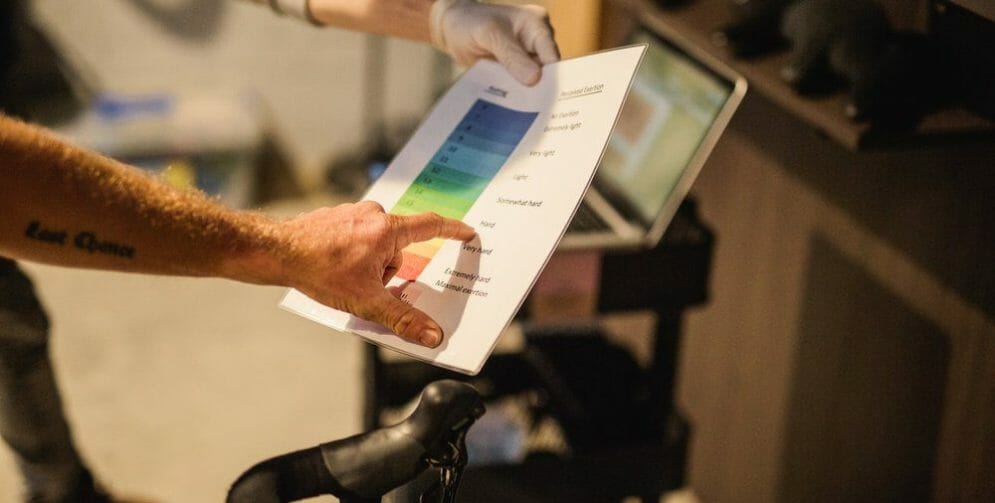
BE THE BEST PERFORMER YOU CAN BE
We stopped, we cried, we trained indoor and we cried again! NOW Racing season is finally here and a recurring question I get from athletes is “can I do a sub 5 IM 70.3 distance?”, “can I do a sub 10 full IM distance?”…
Answers to these questions at the end of this blogpost

HOW DO YOU TRAIN?
When we train we should receive a briefing with the objectives of the workout, prescribed zones, pace, cadence, nutrition, recovery, etc..
A workout is normally a function of commensurable physiological metrics like Power, Heart Rate, Pace. We can then explicate Training Performance into the following function:
Training Performance = ƒ (PWR, HR, Pace)
which gives us a positive number and (generically) a stress scores of that workout. Adding the values of all the workouts we build to a collective level of fitness.
Is that it?
When I think about Training, and so, a more limited in time effort, I tend to agree with what I just mentioned. But when I start looking at the Race Performance equation, it is there that I find a more complex scenario.
HOW DO YOU RACE?
99% of athletes start a race diligently following their Coaches’ instructions. “Stick to the plan!” they say.
But then, is it hotter or colder than your training day? Did you sleep well the night before? Did you eat well the night before? Are you properly hydrated? Did you follow the fuelling strategy?
And suddenly the Race equation becomes a mix of a mathematical expression and words which express incommensurable concepts.
Race Performance
=
ƒ (PWR, HR, Pace)
–
ƒ(adverse weather, bad sleep, poor nutrition, poor hydration, poor fuelling discipline)
Notice the minus sign to signify that those variables have a negative impact on athlete’s performance and only in hindsight is it possible to measure how much they impacted.
So how do we race?
First “Stick to the plan” Yes! Always valid! Dealing with things that you can control reduces so many variables and, because with your neuromuscular training you have prepared so well, sticking to the plan allow you to rehost what your body has learned.
Second “Adapt!”.
If it is a hot day, it would not make any sense to keep sweating without cooling yourself. Part of your strategy and race understanding will be to use cold sponges to cool down your core.
If you didn’t sleep that much the night before, lower your intensity a “tick” .
If you are not confident in your hydration level, increase the fuelling frequency.
If you skip one aid stop, don’t skip the second.
Never give up, because 70.3 IM and full distance IM triathlons present various scenarios throughout the race itself. It happened to me in Roth 2017, getting out of the water was hot, but on the mountains it was windy, cold, rainy while on the run it was hot again (but not too hot, because having trained in Dubai summer I elected not to use cold sponges, but just water in the hat and that was a winning decision).
In conclusion PREPARATION and ADAPTATION are characteristics of your racing style. They don’t come by talent, but it takes time to hack the mechanics of racing, creating an individual style. Which brings me to the initial questions, “can I do a sub 5 hour IM 70.3 distance?”, “can I do a sub 10 hour full IM distance?”.
The answer is yes, but as a coach I cannot guarantee a number.
What I can guarantee, is that if you have “honestly” followed your training plan you will be ready to achieve the best performance that your body will allow that day, which will be the consequence of that complex and funky equation.
1% BETTER EVERYDAY
#CONSISTENCY #PERFORMANCESTRAINING #ADAPT&OVERCOME